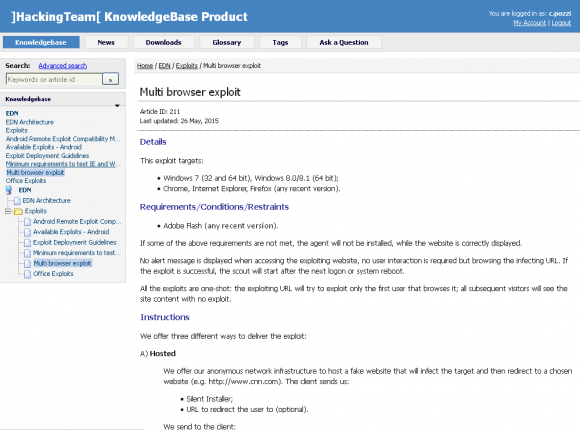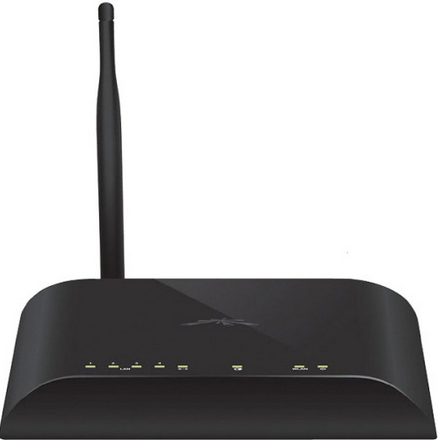Adobe Systems Inc. says its plans to issue a patch on Wednesday to fix a zero-day vulnerability in its Flash Player software that is reportedly being exploited in active attacks. The flaw was disclosed publicly over the weekend after hackers broke into and posted online hundreds of gigabytes of data from Hacking Team, a controversial Italian company that’s long been accused of helping repressive regimes spy on dissident groups.

A knowledge base file stolen from Hacking Team explaining how to use a Flash exploit developed by the company.
In an advisory published today, Adobe said “a critical vulnerability (CVE-2015-5119) has been identified in Adobe Flash Player 18.0.0.194 and earlier versions for Windows, Macintosh and Linux. Successful exploitation could cause a crash and potentially allow an attacker to take control of the affected system.”
Update, July 8, 12:13 p.m. ET: The patch is now available in Flash Player 18.0.0.203 for Windows and Mac systems. See this advisory for more information and for links to downloads.
Original story:
Several reports on Twitter suggested the exploit could be used to bypass Google Chrome‘s protective “sandbox” technology, a security feature that forces the program to run in a heightened security mode designed to block attacks that target vulnerabilities in Flash. A spokesperson for Google confirmed that attackers could evade the Chrome sandbox by using the Flash exploit in tandem with another Windows vulnerability that appears to be unpatched at the moment. Google also says its already in the process of pushing the Flash fix out to Chrome users.
The Flash flaw was uncovered after Hacking Team’s proprietary information was posted online by hacktivists seeking to disprove the company’s claims that it does not work with repressive regimes (the leaked data suggests that Hacking Team has contracted to develop exploits for a variety of countries, including Egypt, Lebanon, Ethiopia, Sudan and Thailand). Included in the cache are several exploits for unpatched flaws, including apparently a Windows vulnerability. Continue reading














